There has been some interesting discussions taking place recently in the page comments area that is worthy of a separate forum topic. The main issue is which point do the planets orbit. Most but not all agree that the smaller planets orbit the Sun but when it comes to the Gas Giants there is some division. I think all the planets orbit the Sun but would be extremely happy if it can be proved that the Gas Giants orbit the SSB. Hopefully we can work through the details and come to some conclusions. The objective is to produce graphs, facts etc and not amble on with nothing more than rhetoric. It will be assumed that the JPL data is correct.
Howard and maybe Steve are thinking the Earth orbits the SSB. Lets take a look at a graph produced from JPL data that shows the Earth/Moon Barycentre (EMB) distance from the SUN and SSB. Click on the pic for a larger view.
Note: The referenced Wikipedia distance figures, Aphelion 152,098,232 km Perihelion 147,098,290 km

I can make the spreadsheet available if interested which shows a date range of 1800-2040. What can be seen is the EMB/Sun distance is very stable with fluctuations mainly due to the elliptical orbit. If you look closely there is a smaller fluctuation of about 15000 km's in the aphelion and perihelion distances caused by planet perturbations. The SSB distance is fluctuating over a much greater range, the SSB distance is influenced by the Gas giants and their influence on moving the Sun from the SSB. 1817 is a good point to look at the planet positions.
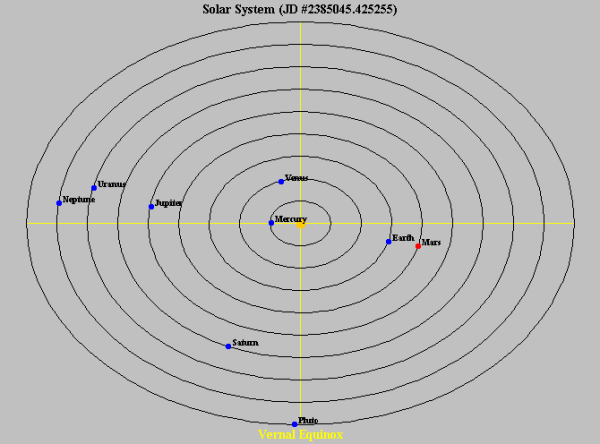
The position of N/U/J moving the Sun closer to the Earth assuming the Earth doesn't move (hypothetical), the position of the outer planets relative to the perihelion the controlling factor. The amount of variation on the SSB is far more extreme and if the Earth did orbit the SSB there would be many repercussions. The short term climate changes would be severe, the many indices that are recorded like isotopes, F10.7, flux, EUV, TSI, diameter size of the Sun etc etc would have to allow for this fluctuation along with the repositioning of satellites.
I think the solar diameter measurement might be good place to start and will see if I can find some papers on it, but the elephant in the room is that if the Earth has the SSB as an orbit axis point why is there so much fluctuation?
One of the downsides of running the Dupral system is the ability of contributors to delete their comments. Both Howard and steve's comments have disappeared, but I have restored them from the way back machine.
by -
Thanks steve for the link to the Universe Sandbox, its a nice piece of software although I am not sure I have the hardware to run it properly. I have to reduce my screen size to stop it blanking out.
To clarify your graphs above... the planet-Sol distance is being subtracted from the planet-SSB distance, correct? So a positive value means that the SSB is between Sol and the planet.
No, I am subtracting the planet/SSB distance from the planet/Sun distance, but yes a positive value means the SSB is between Sol and the planet.
I was under the impression that the SSB is always either between Sol and Jupiter or equidistant, on account of Jupiter's mass contributing so much to the SSB calculation. But it looks like there are occasions on the 178 year interval where enough mass lines up on the other side that Sol comes ever so slightly between the SSB and Jupiter.
Yes, and this is what Landscheidt described as zero crossings which he used to predict grand minimia. Zero crossings happen near the time of grand minima as they require Uranus & Neptune to be together, but thanks to Carl's graph today we can see the AM perturbations are where the action is.
The swiss ephemeris looks interesting as it may allow AM graphs in the future to cover 10,800 yrs instead of the 6000 yrs covered by DE405/406. This would be useful for comparing AMP events further back in the Holocene. We just need it be be made public and accessible like JPL. JPL claim 25 metre accuracy for the outer planets which is backed up by observations so I am of the opinion the axis point is hidden in the data. In the background if my memory serves me correctly there is a planet perturbations program that is part of DE405/406 that is constantly being refined by observations. But Neptune is a long way away and I have noticed from reading old papers that ephemeris files created before DE405 lacked sufficient accuracy for the outer planets. I am at a loss why the original Neptune distance graph shows the 13 year 1.5 million km modulation while Uranus and Saturn do not.
I referenced this paper HERE to Howard that quantifies the JPL data but think it bears repeating here, this excerpt in particular gives me some confidence:



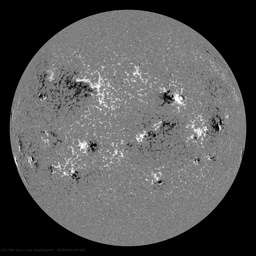
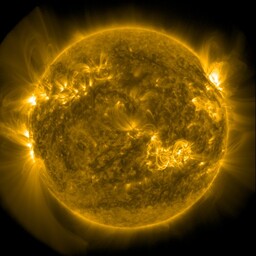

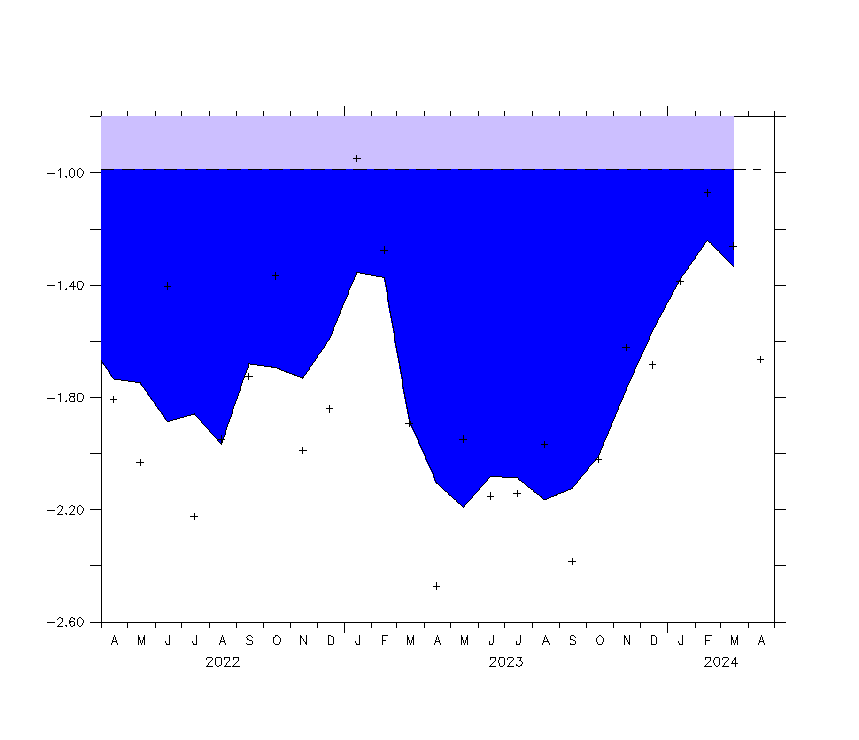
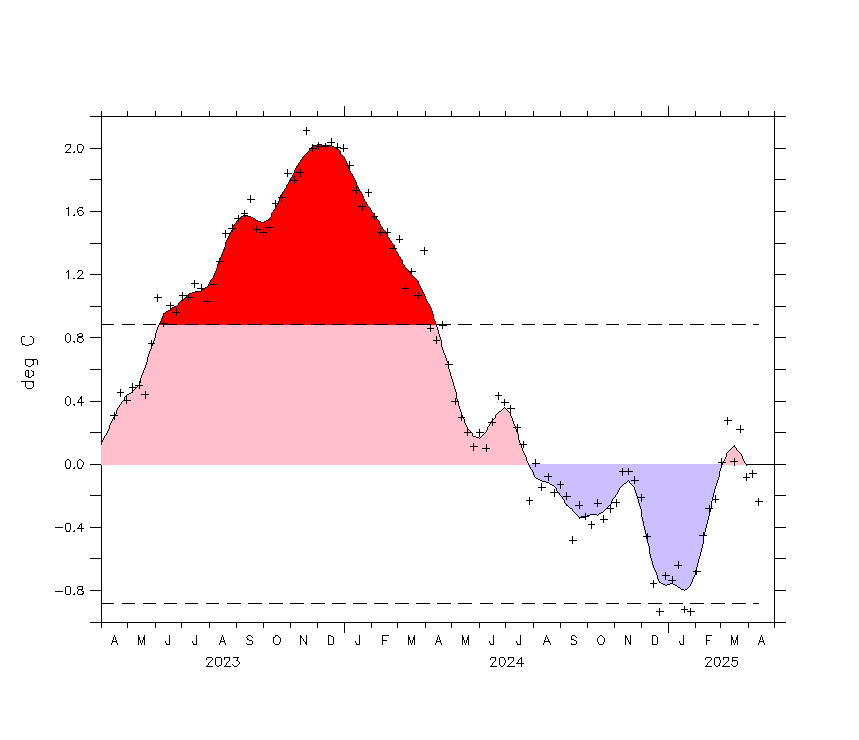
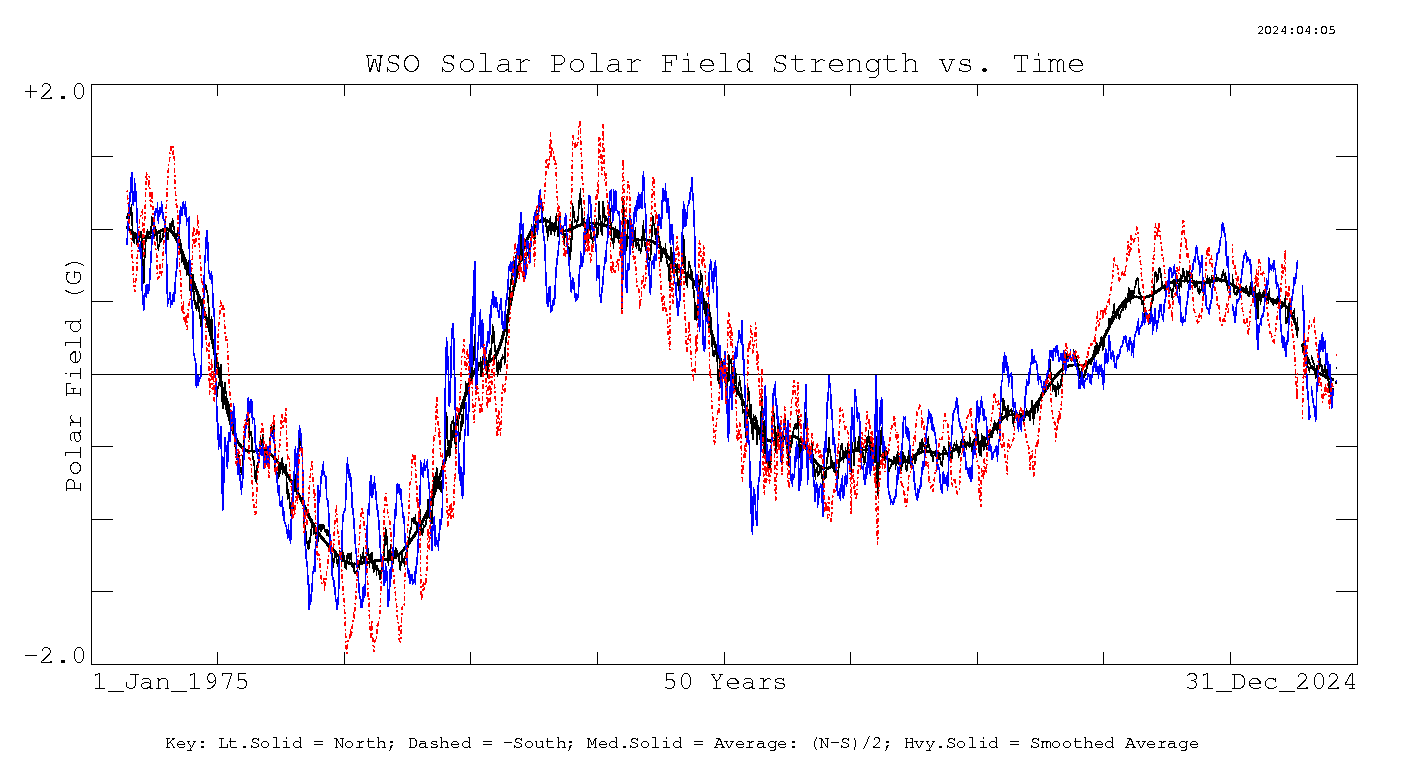



 Gravity wells is an interesting theory and should perhaps work both ways. The Sun would have its own planet induced gravity well tracking around the SSB. That well right now is in an usual place that it only goes around every 172 years?
Gravity wells is an interesting theory and should perhaps work both ways. The Sun would have its own planet induced gravity well tracking around the SSB. That well right now is in an usual place that it only goes around every 172 years?




Just when I was about to say
Just when I was about to say "you don't need to post a graph on my account!" But thanks anyway - it's much easier on the eyes than the string of text output I was sifting through at lunch today. And I like that you graphed the EMB (Earth is all I was able to get my hands on with my limited skills).
I managed to figure out how to do this research on my own - no data download needed. I found out that JPL has an online web application called HORIZONS (http://ssd.jpl.nasa.gov/horizons.cgi). Anyone can quickly get JPL Sol-Earth or SSB-Earth distances by entering the following parameters:
Ephemeris Type => vectors
Target Body => Earth (geocenter)
Coodinate Origin => "@0" for SSB, or "@sun" for Sol
Table Settings => pick either of quantities codes 3, 4 or 6 to output range (among other data)
Of course, pick a time range and suitable interval. I found that 6 calendar month intervals was particularly easy to follow when your eyeballing it on your lunch break.
And sorry Howard, I have to agree with Geoff. The JPL data simply doesn't show the "solar chord" variations that your father has calculated. I am absolutely a layman in this field, but I have my reasons to trust the JPL ephemeris. It has nothing to do with satellites - I have no data or industry knowledge to know whether or not they are constantly making adjustments to account for JPL ephemeris errors. My trust in the JPL ephemeris is for a simple reason that goes back long before NASA was a blink in anyone's eye. The transit of Venus.
We are lucky enough to have lived through a recent transit, in 2004. You, or your father, would have to explain how the JPL ephemeris has Sol's location misplaced by the amount that the Solar Chord Theory requires, yet thousands of astronomers were able to witness the 2004 transit of Venus, using "accepted data", without an uprising stating "the timing was off!" Note that participants in the VT-2004 project measured the AU to be within 0.007% of the accepted value (http://en.wikipedia.org/wiki/Transit_of_Venus,_2004).
I still think that Fred Bailey found some amazing statistical correlations while devising Solar Chord Theory, but statistics only imply causation. If the solar chord does not vary as the theory requires, then he needs to come up with a different method of causation.
What I don't understand, going back to the comments in the other article, is how Semi's EMB-SSB AM graph showed such a clear pattern, one I would expect for an object in an elliptical orbit (in his graph, it looked to be fluctuating between elliptical, nearly circular, and back to elliptical), but his EMB-Sol AM graph did not. What is it about AM that I'm not understanding?
The graph above is a big help for visualizing what is going on. The two datasets should practically overlap in those years when Sol is centered on the SSB, as the EMB will remain equidistant from both points (would look like 1811 in the graph). If the SSB is closer to the perihelion than Sol, the SSB will be alternately closer and further from Earth than Sol in that year (would look like 1859 in the graph). And for those years where the purple dataset is squeezed down to smaller than the blue dataset (1817), the SSB is closer to the aphelion than Sol.